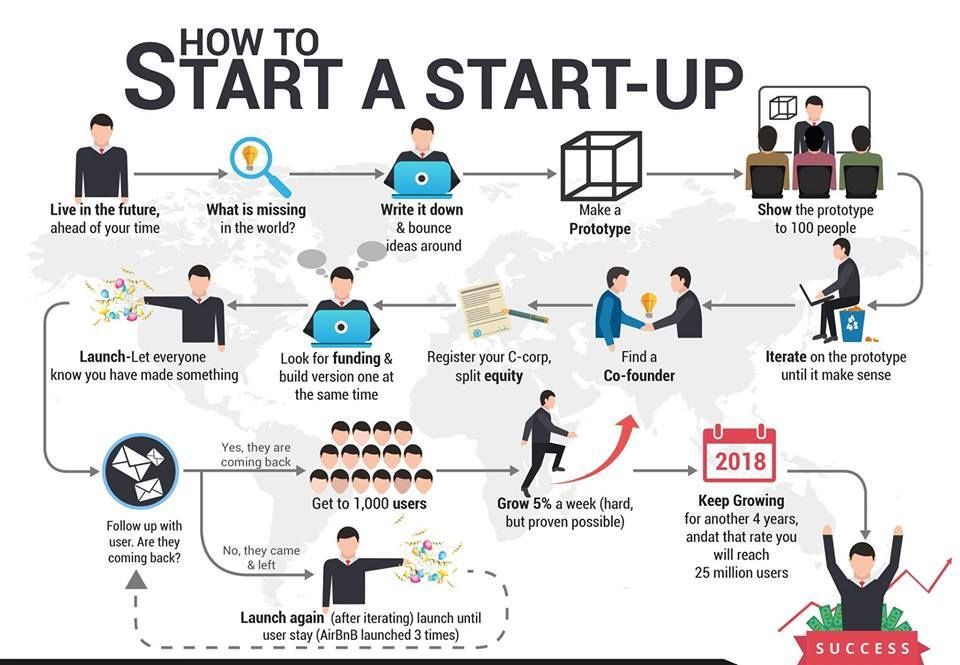Do you want to start a tire retail business and want to know the cost? If YES, here is a cost breakdown to open a tire shop and the profit margin / ROI. Tire is a major component in the automobile industry hence the regular demand for tires from automobile owners. Establishments in the retail market for auto tires sell automobile tires and tubes that are used on all types of passenger and freight vehicles.
Over and above, the Auto Tire retail Industry is a profitable industry and it is open for any aspiring entrepreneur to come in and establish his or her business; you can choose to start on a small scale in a street corner or on a large scale with several outlets in key cities in the united states of America.
Interestingly, you may not need to break the bank to open your tire retail shop because you can actually save up to get it done. Please note that general pricing guidelines for new tires: Inexpensive tires will generally be in the range of $50 – $150 each. Moderately priced tires will usually be in the range of $100 – $300 each. High-end tires (ultra-high performance or specialty off-road tires) can be $300 – $1000 each.
But if rims need to be replaced, the price tag can run anywhere from $200 to $500 for each new wheel, depending on your car. If you’re looking to save a few dollars on replacement rims, search through craigslist or eBay for some take-off rims. These are the key areas where you will spend your startup capital;


From the rough estimate as listed above, you would need a minimum of one hundred and eighty – seven thousand, nine hundred and eighty USD ($187,980) to establish a medium – scale but standard tire retail shop business in any city in the United States of America.
In Conclusion,
Please note that this is a rough estimate and we usually advise our readers who are interested in opening a tire retail shop to go to the market or directly contact distributors and wholesalers of the types of tires, rims and tubes they want to retail in order to get the real time prices of these items. The truth is that if you are a good bargainer, you can get a better deal that will help you beat down the estimated price as listed above.
Every vehicle needs tires, and new ones can be expensive. That’s why more and more people are opting to buy used, which cost half as much. You could source from junkyards and tire dealers, start your own used tire business and provide a much-needed product while making good money in a steadily growing $35 billion US industry.
You could source from junkyards and tire dealers, start your own used tire business and provide a much-needed product while making good money in a steadily growing $35 billion US industry.
But before you jump into the junkyard to start digging for gold, you’ll need to know how to launch and market your business, and to learn some financial aspects of business as well. Luckily, this step-by-step guide has you covered with all the information you need to launch a successful used tire business.
Starting a used tire business has pros and cons to consider before deciding if it’s right for you.
 ((https://www.ibisworld.com/united-states/market-research-reports/tire-dealers-industry/))
((https://www.ibisworld.com/united-states/market-research-reports/tire-dealers-industry/)) Trends in the used tire industry include:
Challenges in the used tire industry include:

Startup costs for a used tire business range from $50,000 to $100,000 or more. Costs include a garage rental, equipment, inventory, and an operating budget.
You can take online courses and become certified as a tire technician through the Tire Industry Association. Courses are self-study and cost about $1,000 in total.
You’ll need a handful of items to successfully launch your used tire business, including:
| Start-up Costs | Ballpark Range | Average |
|---|---|---|
| Setting up a business name and corporation | $150 - $200 | $175 |
| Business licenses and permits | $100 - $300 | $200 |
| Insurance | $100-$300 | $200 |
| Business cards and brochures | $200 - $300 | $250 |
| Website setup | $1,000 - $3,000 | $2,000 |
| Garage space rental | $3,000 - $5,000 | $4,000 |
| Equipment to change tires | $2,000 - $5,000 | $3,500 |
| Tire inventory | $20,000 - $40,000 | $30,000 |
| Labor budget | $10,000 - $20,000 | $15,000 |
| Operating budget | $15,000 - $30,000 | $22,500 |
| Total | $51,550 - $104,100 | $77,825 |
The average cost of a used tire is about $90 and scrap tires will generally cost much less, especially if you’re able to partner with a junkyard.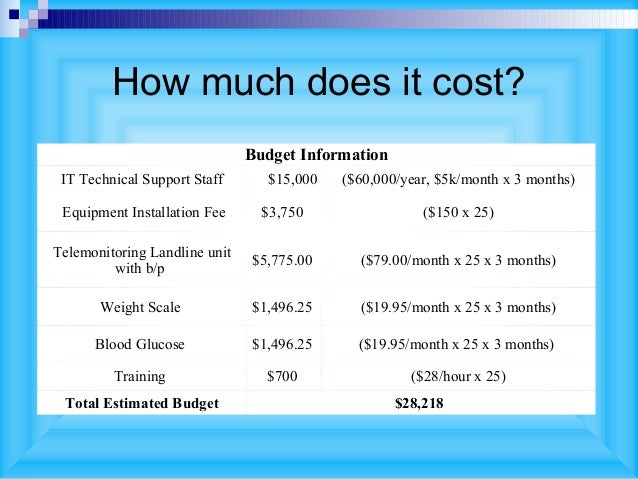 Your profit margin after rent and labor should be about 30%.
Your profit margin after rent and labor should be about 30%.
In your first year or two, you could sell 50 tires a week bringing in $234,000 in annual revenue. This would mean $70,000 in profit, assuming that 30% margin. As your shop gains recognition, sales could climb to 200 tires a week. With annual revenue of $936,000, you’d make an outstanding profit of more than $280,000.
There are a few barriers to entry for a used tire business. Your biggest challenges will be:
If you’re still not sure whether this business idea is the right choice for you, here are some related business opportunities to help you on your path to entrepreneurial success.
Now that you know what’s involved in starting a used tire business, it’s a good idea to hone your concept in preparation to enter a competitive market.
Market research will give you the upper hand, even if you’re already positive that you have a perfect product or service. Conducting market research is important, because it can help you understand your customers better, who your competitors are, and your business landscape.
Research used tire businesses in your area to examine their products/services, price points, and customer reviews. You’re looking for a market gap to fill. For instance, maybe the local market is missing a business that recycles old tires or shredded tires, or a used tire business that also offers automotive repair services.
You might consider targeting a niche market by specializing in a certain aspect of your industry, such as a certain tire brand, or used tires with more than the required tread depth.
This could jumpstart your word-of-mouth marketing and attract clients right away.
If you have the skills, in addition to selling and installing used tires, you could offer automotive repair.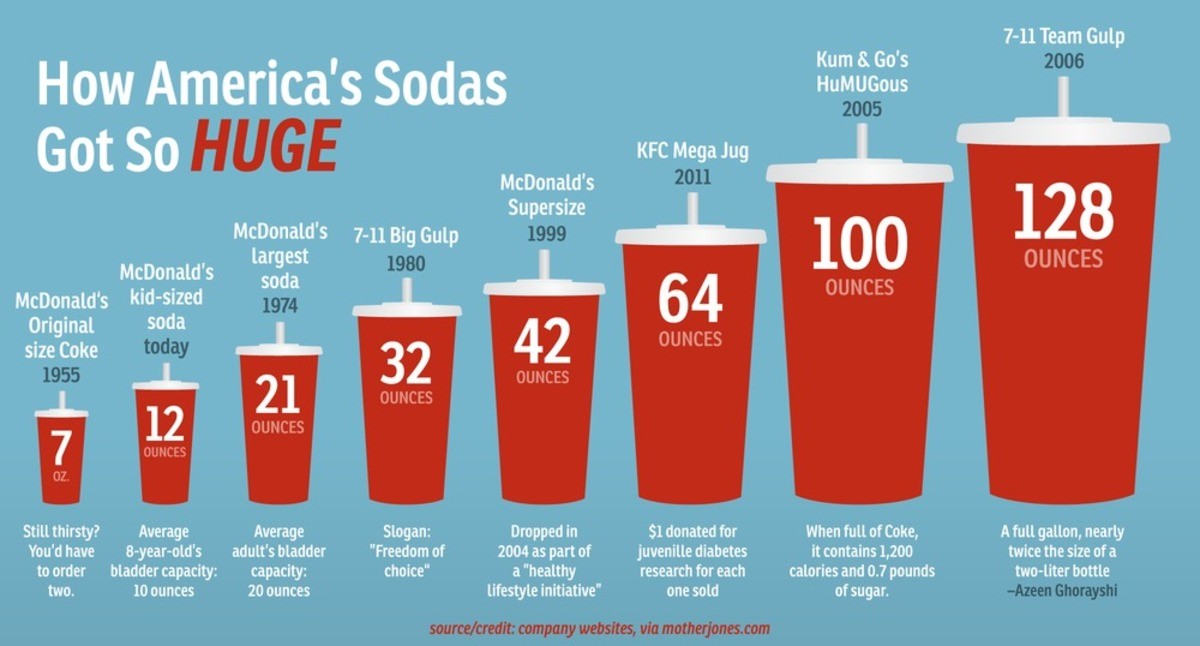 You could also sell new tires, tire rims, and other car products.
You could also sell new tires, tire rims, and other car products.
Prices for used tires are generally about 50% of their original cost. After all your costs, you should aim for a profit margin of about 30%.
Once you know your costs, you can use this Step By Step profit margin calculator to determine your mark-up and final price points. Remember, the prices you use at launch should be subject to change if warranted by the market.
Your target market will be broad, so you should spread out your marketing to TikTok, Instagram, Facebook, and even LinkedIn.
You’ll need to rent out a shop and garage space. You can find commercial space to rent in your area on sites such as Craigslist, Crexi, and Instant Offices.
When choosing a commercial space, you may want to follow these rules of thumb:
Your business name is your business identity, so choose one that encapsulates your objectives, services, and mission in just a few words. You probably want a name that’s short and easy to remember, since much of your business, and your initial business in particular, will come from word-of-mouth referrals.
You probably want a name that’s short and easy to remember, since much of your business, and your initial business in particular, will come from word-of-mouth referrals.
Here are some ideas for brainstorming your business name:
Once you’ve got a list of potential names, visit the website of the US Patent and Trademark Office to make sure they are available for registration and check the availability of related domain names using our Domain Name Search tool. Using “.com” or “.org” sharply increases credibility, so it’s best to focus on these.
Using “.com” or “.org” sharply increases credibility, so it’s best to focus on these.
Find a Domain
Search
Powered by GoDaddy.com
Finally, make your choice among the names that pass this screening and go ahead with domain registration and social media account creation. Your business name is one of the key differentiators that sets your business apart. Once you pick your company name, and start with the branding, it is hard to change the business name. Therefore, it’s important to carefully consider your choice before you start a business entity.
Every business needs a plan. This will function as a guidebook to take your startup through the launch process and maintain focus on your key goals. A business plan also enables potential partners and investors to better understand your company and its vision:
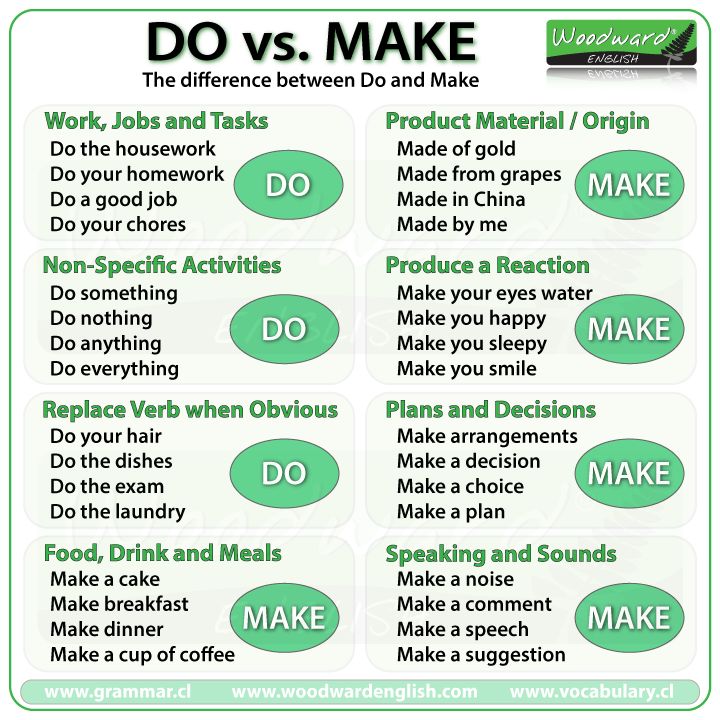
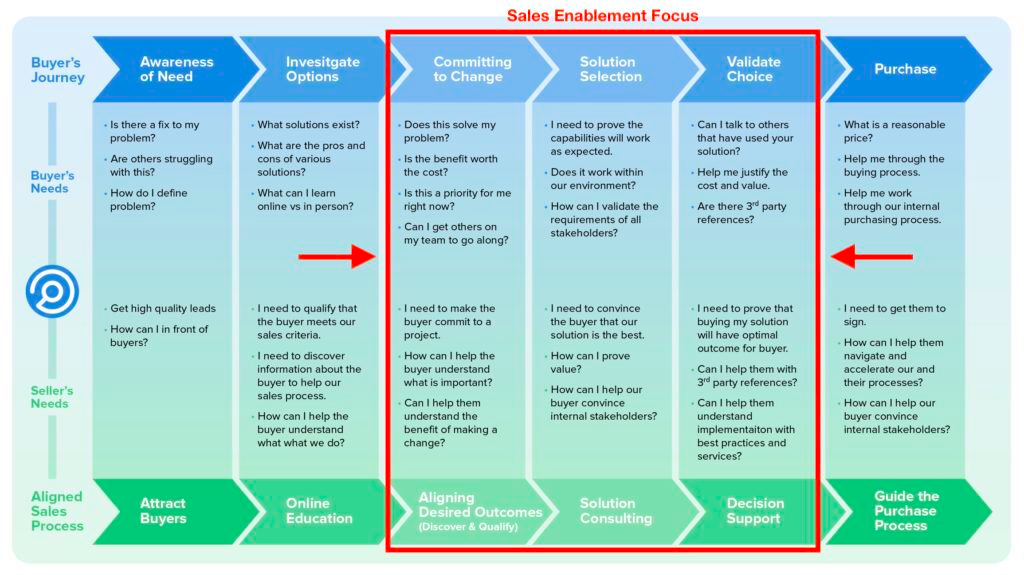
If you’ve never created a business plan, it can be an intimidating task. You might consider hiring a business plan specialist to create a top-notch business plan for you.
Save up to 40% using LivePlan business plan software!
Registering your business is an absolutely crucial step — it’s the prerequisite to paying taxes, raising capital, opening a bank account, and other guideposts on the road to getting a business up and running.
Plus, registration is exciting because it makes the entire process official. Once it’s complete, you’ll have your own business!
Your business location is important because it can affect taxes, legal requirements, and revenue.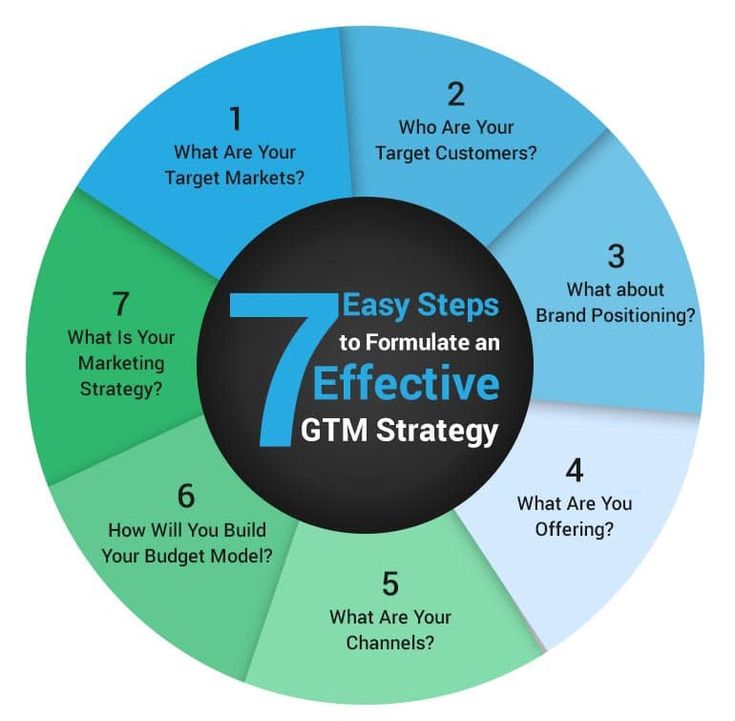 Most people will register their business in the state where they live, but if you’re planning to expand, you might consider looking elsewhere, as some states could offer real advantages when it comes to used tire businesses.
Most people will register their business in the state where they live, but if you’re planning to expand, you might consider looking elsewhere, as some states could offer real advantages when it comes to used tire businesses.
If you’re willing to move, you could really maximize your business! Keep in mind, it’s relatively easy to transfer your business to another state.
Business entities come in several varieties, each with its pros and cons. The legal structure you choose for your used tire business will shape your taxes, personal liability, and business registration requirements, so choose wisely.
Here are the main options:
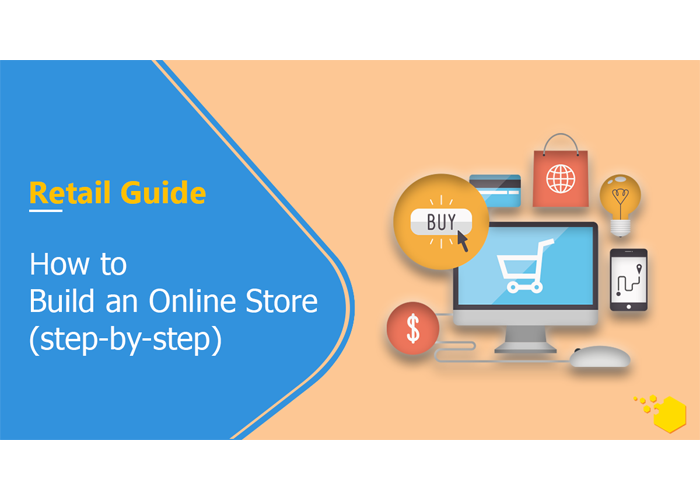
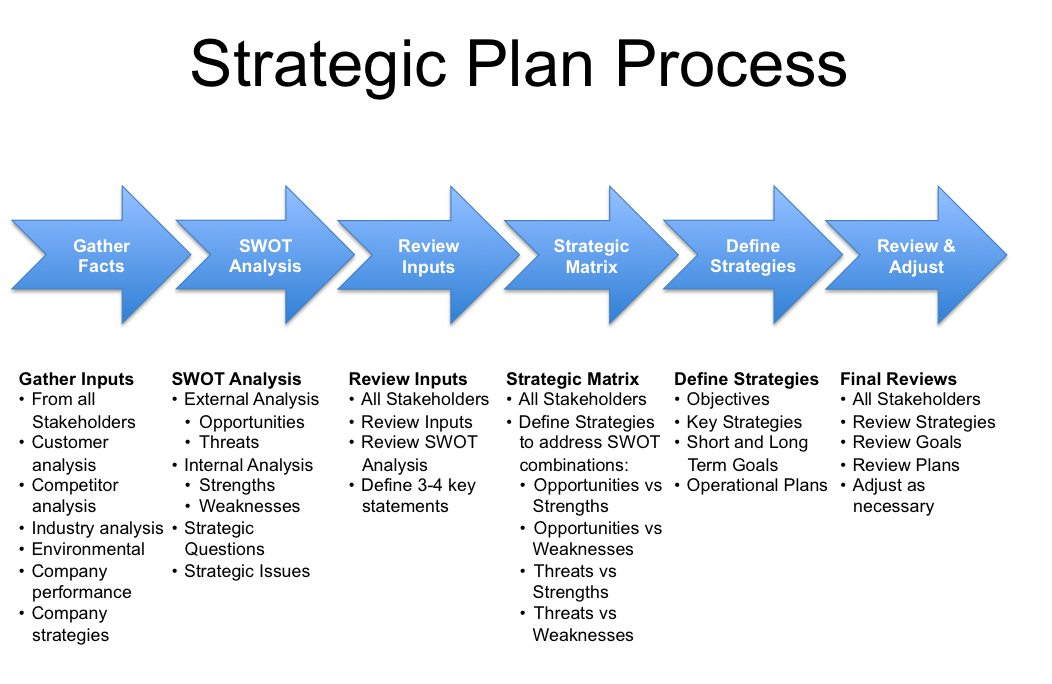 In an S-Corp, income is passed through directly to shareholders, who pay taxes on their share of business income on their personal tax returns.
In an S-Corp, income is passed through directly to shareholders, who pay taxes on their share of business income on their personal tax returns.We recommend that new business owners choose LLC as it offers liability protection and pass-through taxation while being simpler to form than a corporation. You can form an LLC in as little as five minutes using an online LLC formation service. They will check that your business name is available before filing, submit your articles of organization, and answer any questions you might have.
Choose Your State
AlabamaAlaskaArizonaArkansasCaliforniaColoradoConnecticutDelawareFloridaGeorgiaHawaiiIdahoIllinoisIndianaIowaKansasKentuckyLouisianaMaineMarylandMassachusettsMichiganMinnesotaMississippiMissouriMontanaNebraskaNevadaNew HampshireNew JerseyNew MexicoNew YorkNorth CarolinaNorth DakotaOhioOklahomaOregonPennsylvaniaRhode IslandSouth CarolinaSouth DakotaTennesseeTexasUtahVermontVirginiaWashingtonWest VirginiaWisconsinWyoming
Search
We recommend ZenBusiness as the Best LLC Service for 2023
starts at $0, plus state fees
4. 7/5
7/5
starts at $0, plus state fees
Visit ZenBusiness
The final step before you’re able to pay taxes is getting an Employer Identification Number, or EIN. You can file for your EIN online or by mail or fax: visit the IRS website to learn more. Keep in mind, if you’ve chosen to be a sole proprietorship you can simply use your social security number as your EIN.
Once you have your EIN, you’ll need to choose your tax year. Financially speaking, your business will operate in a calendar year (January–December) or a fiscal year, a 12-month period that can start in any month. This will determine your tax cycle, while your business structure will determine which taxes you’ll pay.
The IRS website also offers a tax-payers checklist, and taxes can be filed online.
It is important to consult an accountant or other professional to help you with your taxes to ensure you’re completing them correctly.
Securing financing is your next step and there are plenty of ways to raise capital:

Bank and SBA loans are probably the best option, other than friends and family, for funding a used tire business.
Starting a used tire business requires obtaining a number of licenses and permits from local, state, and federal governments.
Most states have tread depth requirements as well as condition requirements for used tires. Check with your state to make sure the tires you sell are in compliance.
Federal regulations, licenses, and permits associated with starting your business include doing business as (DBA), health licenses and permits from the Occupational Safety and Health Administration (OSHA), trademarks, copyrights, patents, and other intellectual properties, as well as industry-specific licenses and permits.
You may also need state-level and local county or city-based licenses and permits. The license requirements and how to obtain them vary, so check the websites of your state, city, and county governments or contact the appropriate person to learn more.
You could also check this SBA guide for your state’s requirements, but we recommend using MyCorporation’s Business License Compliance Package. They will research the exact forms you need for your business and state and provide them to ensure you’re fully compliant.
They will research the exact forms you need for your business and state and provide them to ensure you’re fully compliant.
This is not a step to be taken lightly, as failing to comply with legal requirements can result in hefty penalties.
If you feel overwhelmed by this step or don’t know how to begin, it might be a good idea to hire a professional to help you check all the legal boxes.
Before you start making money, you’ll need a place to keep it, and that requires opening a bank account.
Keeping your business finances separate from your personal account makes it easy to file taxes and track your company’s income, so it’s worth doing even if you’re running your used tire business as a sole proprietorship. Opening a business bank account is quite simple, and similar to opening a personal one. Most major banks offer accounts tailored for businesses — just inquire at your preferred bank to learn about their rates and features.
Banks vary in terms of offerings, so it’s a good idea to examine your options and select the best plan for you. Once you choose your bank, bring in your EIN (or Social Security Number if you decide on a sole proprietorship), articles of incorporation, and other legal documents and open your new account.
Business insurance is an area that often gets overlooked yet it can be vital to your success as an entrepreneur. Insurance protects you from unexpected events that can have a devastating impact on your business.
Here are some types of insurance to consider:
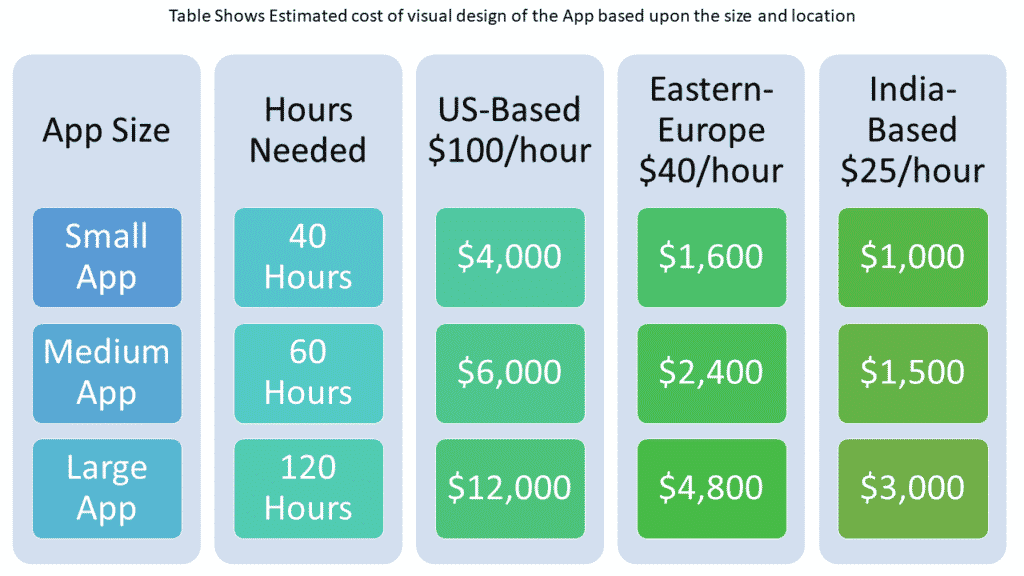
As opening day nears, prepare for launch by reviewing and improving some key elements of your business.
Being an entrepreneur often means wearing many hats, from marketing to sales to accounting, which can be overwhelming. Fortunately, many websites and digital tools are available to help simplify many business tasks.
You may want to use industry-specific software, such as Shopmonkey, ARI, or Mitchell1, to manage your scheduling, inventory, workflows, and invoicing.
Website development is crucial because your site is your online presence and needs to convince prospective clients of your expertise and professionalism.
You can create your own website using services like WordPress, Wix, or Squarespace. This route is very affordable, but figuring out how to build a website can be time-consuming. If you lack tech-savvy, you can hire a web designer or developer to create a custom website for your business.
They are unlikely to find your website, however, unless you follow Search Engine Optimization (SEO) practices. These are steps that help pages rank higher in the results of top search engines like Google.
These are steps that help pages rank higher in the results of top search engines like Google.
Some of your business will come from the casual passerby or online visitors, but you should still invest in digital marketing! Getting the word out is especially important for new businesses, as it’ll boost customer and brand awareness.
Once your website is up and running, link it to your social media accounts and vice versa. Social media is a great tool for promoting your business because you can create engaging posts that advertise your products:
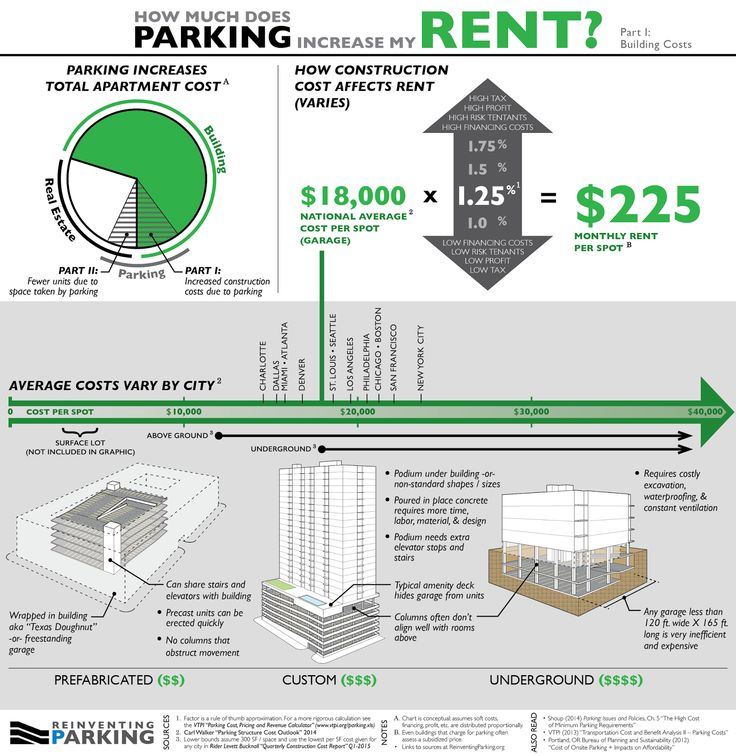 Experiment with text, color, size, and position of calls to action such as “Schedule Now.” This can sharply increase purchases.
Experiment with text, color, size, and position of calls to action such as “Schedule Now.” This can sharply increase purchases. Take advantage of your website, social media presence, and real-life activities to increase awareness of your offerings and build your brand. Some suggestions include:

Unique selling propositions, or USPs, are the characteristics of a product or service that set it apart from the competition. Customers today are inundated with buying options, so you’ll have a real advantage if they are able to quickly grasp how your used tire business meets their needs or wishes. It’s wise to do all you can to ensure your USPs stand out on your website and in your marketing and promotional materials, stimulating buyer desire.
Global pizza chain Domino’s is renowned for its USP: “Hot pizza in 30 minutes or less, guaranteed.” Signature USPs for your used tire business could be:
You may not like to network or use personal connections for business gain. But your personal and professional networks likely offer considerable untapped business potential. Maybe that Facebook friend you met in college is now running a used tire business, or a LinkedIn contact of yours is connected to dozens of potential clients. Maybe your cousin or neighbor has been working in used tires for years and can offer invaluable insight and industry connections.
But your personal and professional networks likely offer considerable untapped business potential. Maybe that Facebook friend you met in college is now running a used tire business, or a LinkedIn contact of yours is connected to dozens of potential clients. Maybe your cousin or neighbor has been working in used tires for years and can offer invaluable insight and industry connections.
The possibilities are endless, so it’s a good idea to review your personal and professional networks and reach out to those with possible links to or interest in used tires. You’ll probably generate new customers or find companies with which you could establish a partnership.
If you’re starting out small from a home office, you may not need any employees. But as your business grows, you will likely need workers to fill various roles. Potential positions for a used tire business include:
At some point, you may need to hire all of these positions or simply a few, depending on the size and needs of your business.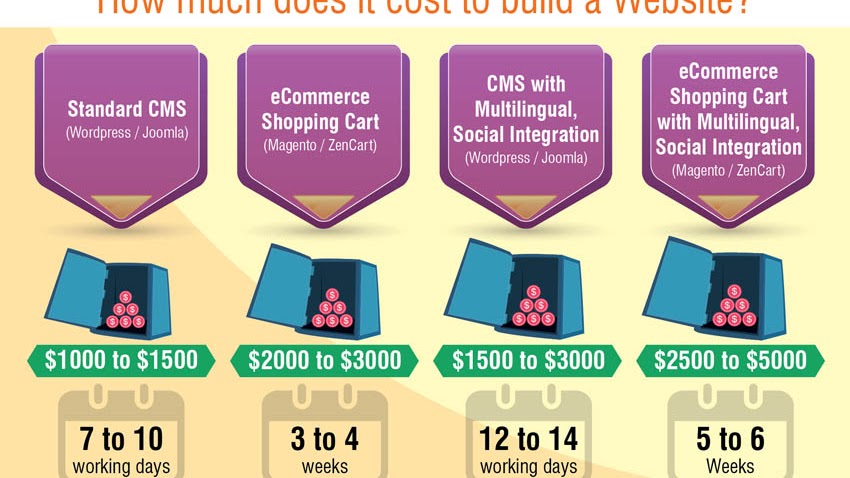 You might also hire multiple workers for a single role or a single worker for multiple roles, again depending on need.
You might also hire multiple workers for a single role or a single worker for multiple roles, again depending on need.
Free-of-charge methods to recruit employees include posting ads on popular platforms such as LinkedIn, Facebook, or Jobs.com. You might also consider a premium recruitment option, such as advertising on Indeed, Glassdoor, or ZipRecruiter. Further, if you have the resources, you could consider hiring a recruitment agency to help you find talent.
Used tires are big business, with the industry worth $35 billion and expected to continue to grow in the next decade. By opening your own used tire business, you could make quite a good living. You can easily learn to be a tire technician, and with a bit of an investment, you could build a great company. It will take hard work, and a passion to serve your customers, but you can be very successful while providing a valuable service at the same time.
You’ve got the business part down now, so it’s time to get your lucrative used tire business up and running!
How profitable is a used tire business?
They may not sound like much, but there’s good money in used tires.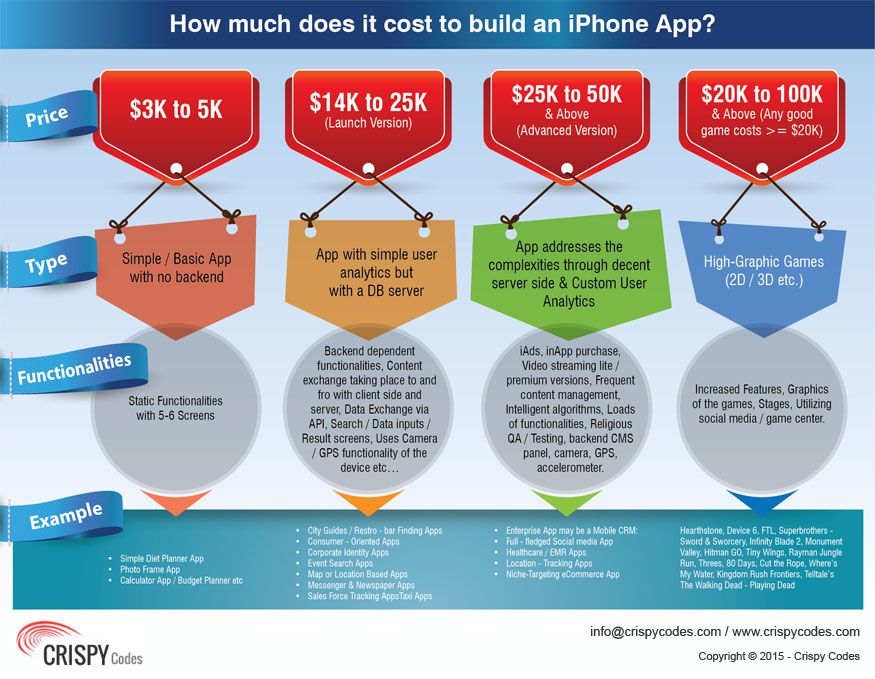 You can buy as scrap and sell for a healthy markup. You just need to be dedicated to providing customers with real value and service, and you can be successful.
You can buy as scrap and sell for a healthy markup. You just need to be dedicated to providing customers with real value and service, and you can be successful.
How much should I charge for used tires?
Generally, used tires sell for about 50% of their original price. Prices will, of course, depend on the condition of the tires. You should also check used tire prices in your area to make sure you’re competitive.
For decades, old car and truck tires have littered the landscape. Thrown into landfills and buried in landfills, they pose a significant environmental hazard. Over the past 50 years, the problem of tire recycling has come to the fore in the minds of environmentalists. Tire recycling is growing in popularity due to both its environmental impact and its profitability as a business model.
As more uses for recycled rubber are discovered, the demand for it is increasing, allowing recyclers to produce and sell more products.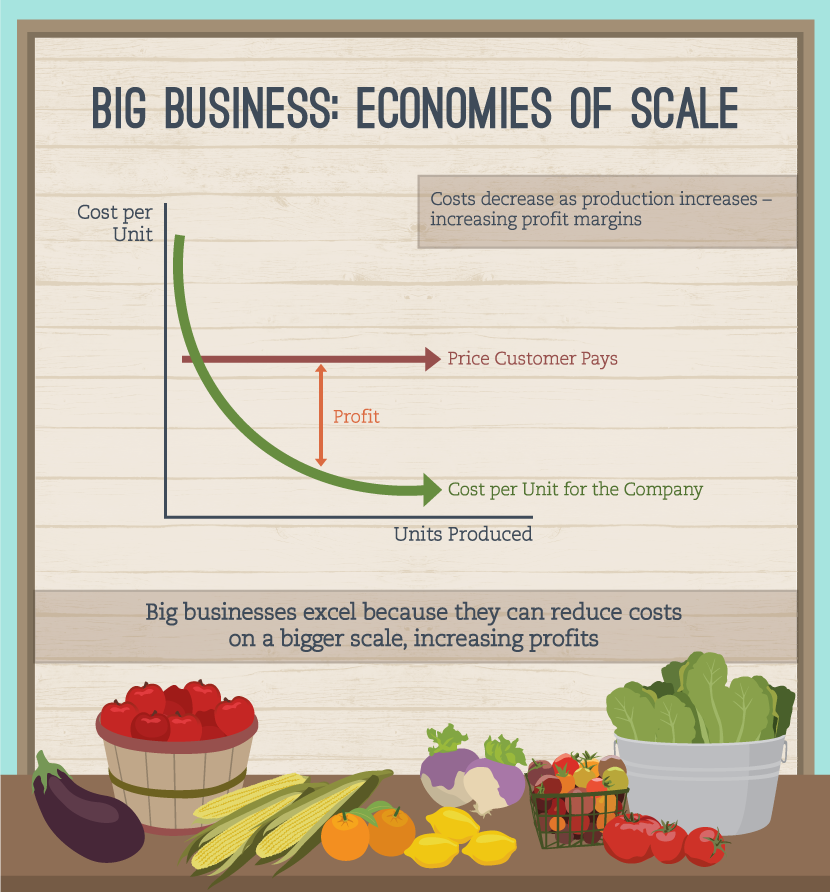 Approximately 290 million tires, so tires are plentiful, so now is the perfect time to start your own tire recycling business.
Approximately 290 million tires, so tires are plentiful, so now is the perfect time to start your own tire recycling business.
The idea sounds great on paper and while you may know a lot about tyres, there can still be a steep learning curve and significant investment hurdles to overcome. However, if done right, tire recycling can be a very profitable business.
Before jumping with both feet, you must understand the water you are stepping into. Learn about the business first. If you really want to learn how recycling works, apply for a job at a recycling plant. Learn everything you can about the business and process from start to finish. This experience will give you a solid knowledge base to start with.
Contents
Tire recycling can only be profitable if you can identify both the supplier and the customer. The supplier will work on the front end to provide you with the raw rubber you need for processing. The customer on the back side buys the rubber product you finished.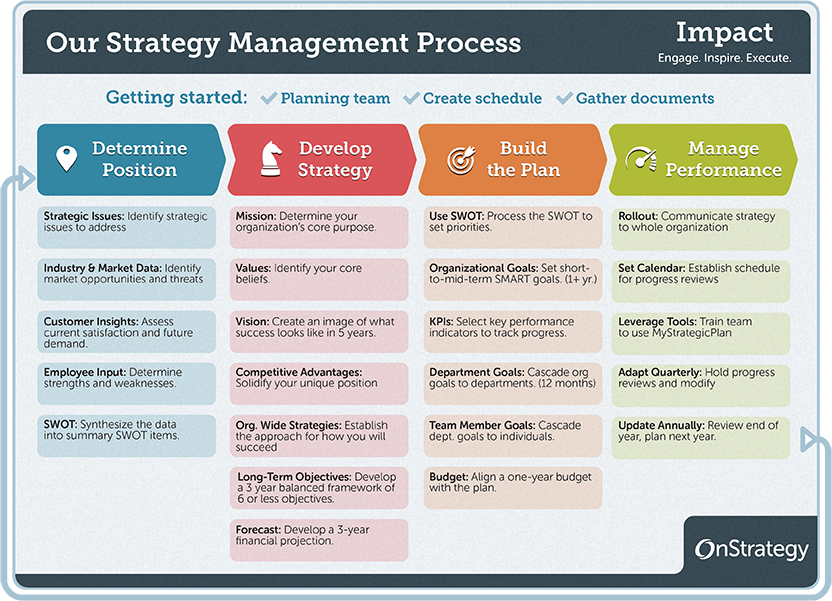
Ideally, your suppliers should be within 150 miles of where you plan to open your store. If they move further, you will waste time and money collecting old tires. The best way to get tires from point A to point B will depend on who your supplier is and how quickly the tires fold in their place. Here are a few different options to explore:
1. Offer a transfer service. - A small auto repair shop can only produce 20 car tires every two weeks. This small load can be easily picked up in a van or truck on a regular basis, making recycling easier for the customer.
2. Delivery of waste containers. - For large volumes of tires, you can leave an empty waste bin to pick it up when it's full. This option simplifies the loading and transport of large loads. This is especially useful for larger diameter tires as they are difficult to load and unload by hand.
3. Delivery of the offer on the spot - There will always be those who like to change tires with their own hands.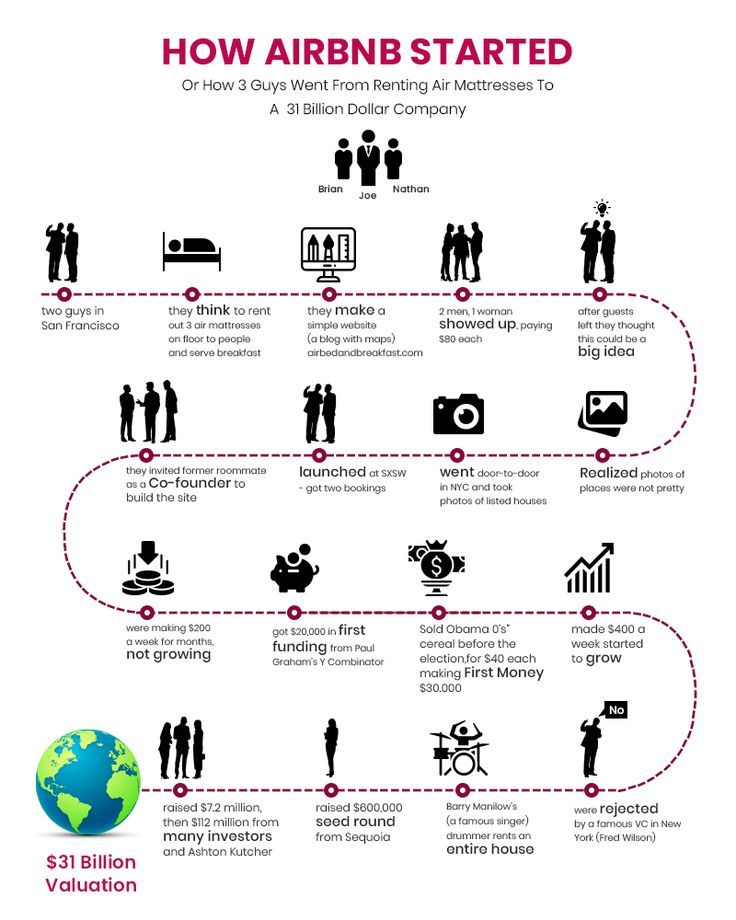 Designate an easily accessible spot on your property where small loads can be dropped.
Designate an easily accessible spot on your property where small loads can be dropped.
Most of the recycled tire rubber doesn't make it to the playground as you might expect. In fact, most recycled tires are burned as waste fuel (TDS). If there is no paper mill or cement plant nearby, TDS may not be in high demand in your area. You will need to take a close look at the market around you to find your niche.
Because of the high initial costs associated with buying equipment, securing land, and hiring employees, it's best not to try to be a jack-of-all-trades right away. Find an area where demand is high and competition is low. Potential customers may include utilities, building contractors, sports fields, and manufacturers. Ground rubber and crumb rubber are commonly used to make many products that were once made exclusively from wood, asphalt, or plastic.
Once you are sure the market can support your growing new business, the next important step is to create a detailed business plan. The initial investment to start recycling tires will most likely require either a small business loan or the help of outside investors. In any case, you are unlikely to receive financial assistance without a solid plan to pay off these loans.
The initial investment to start recycling tires will most likely require either a small business loan or the help of outside investors. In any case, you are unlikely to receive financial assistance without a solid plan to pay off these loans.
If this type of loan is not available, you can apply for a government grant. Grants at the federal level are limited but available through the Small Business Innovation Research (SBIR) Program. This Environmental Protection Agency (EPA) program provides funds for proposals that address EPA's high priority issues. One such issue is solid waste management, including the disposal and disposal of used tyres. However, the grants are limited to small businesses with fewer than 500 employees and require the company to demonstrate innovation in technology and the commercialization of its efforts to improve the environment.
Funding is also available to support the efforts of waste tire recyclers and innovators at the national level. In 1999, the North Carolina Department of Environment and Natural Resources awarded Continental General Tire $1. 2 million in research funding to produce tires using 25% recycled rubber. The goal of the project was to reuse old rubber to make new tires without compromising the quality or durability of the new tires.
2 million in research funding to produce tires using 25% recycled rubber. The goal of the project was to reuse old rubber to make new tires without compromising the quality or durability of the new tires.
In 2002, the Ohio Department of Natural Resources provided $1 million in grants to five different recycling businesses to fund shredded tire recycling projects for use as tire fuel, as well as landscaping and construction projects. Before taking on large debts to start your business, check with your state to see if funding is available for tire cleaning research or projects. You may find money in unexpected places.
Last but not least, make sure your business is running safely and legally. While the requirements vary by state, each state has regulations that you will need to follow in order to run a tire recycling business. Contacting the EPA, as well as local governments, early in the planning process is essential. Be sure to apply for licenses early so that they are on hand when you are ready to open your store for business.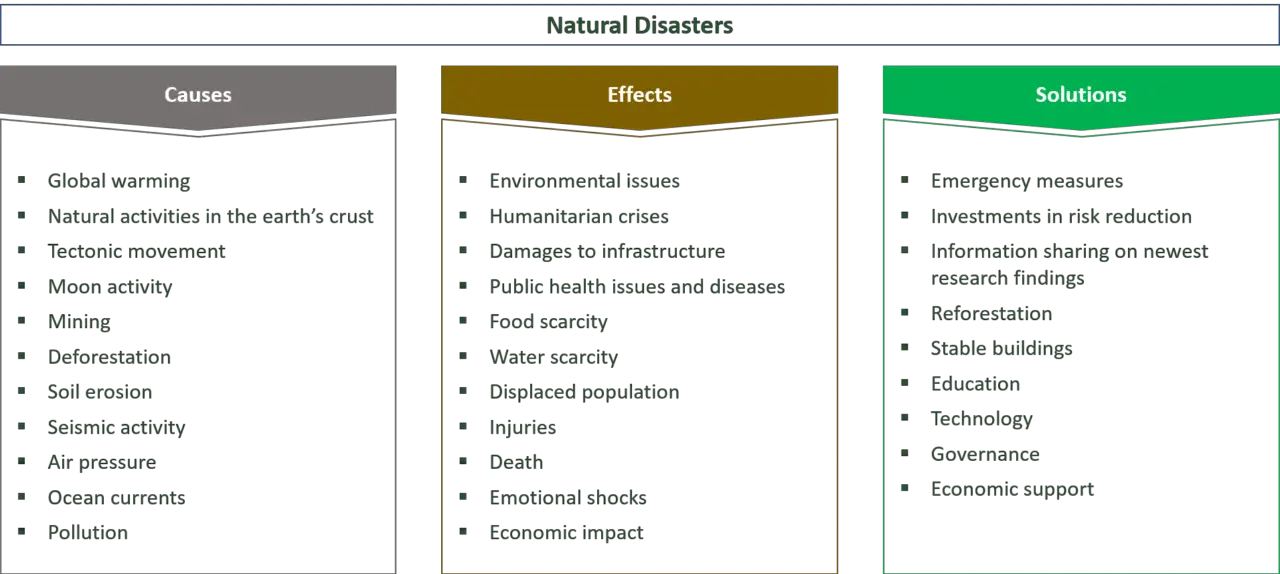 For the safety of employees and your investment, you must also have adequate insurance for any accidents that may occur.
For the safety of employees and your investment, you must also have adequate insurance for any accidents that may occur.
Manufacturers and distributors of tires for cars and trucks make up a significant part of our economy. Indeed, we depend on tires to transport goods and people across the country. This addiction has led to a huge amount of waste. Until recently, we struggled to find a solution to this growing problem. With the advent of new technologies in the recycling and reuse of these rubber products, the present is a great time to join and be a part of this expanding new business market.
Would you like to start? Contact ECO Green Equipment to learn more about our turnkey tire recycling solutions and integrated equipment. Our tire crushers, shredders, shredders and dyes are revolutionizing the market by recycling used tires faster, more cost-effectively and more energy-efficiently than the competition.
Kommersant: tire sales in Russia decreased by 16% in January-March
Tire sales in Russian retail in the first quarter of 2023 decreased by 16%, amounting to 3. 2 million units. This was reported by the Kommersant newspaper with reference to the Chestny Znak marking system.
2 million units. This was reported by the Kommersant newspaper with reference to the Chestny Znak marking system.
Demand for summer tires in Russia decreased by 16%
Sales of summer tires for cars in March 2023 decreased by 16% compared to the same period last year. This is reported by Izvestia with reference to the OFD Platform company.
Tatneft became the full owner of the Nokian Tires tire plant in the Leningrad Region
PJSC Tatneft bought out the Nokian Tires tire plant in Vsevolozhsk, which is located in the Leningrad Region. It is reported by Interfax.
Tire sales in Russia decreased by 15% in 2022
Russian tire market decreased by 14.9 in 2022%, amounting to 35.1 million pieces. In total, 49.1 million tires were withdrawn from circulation during this time, Kommersant reports.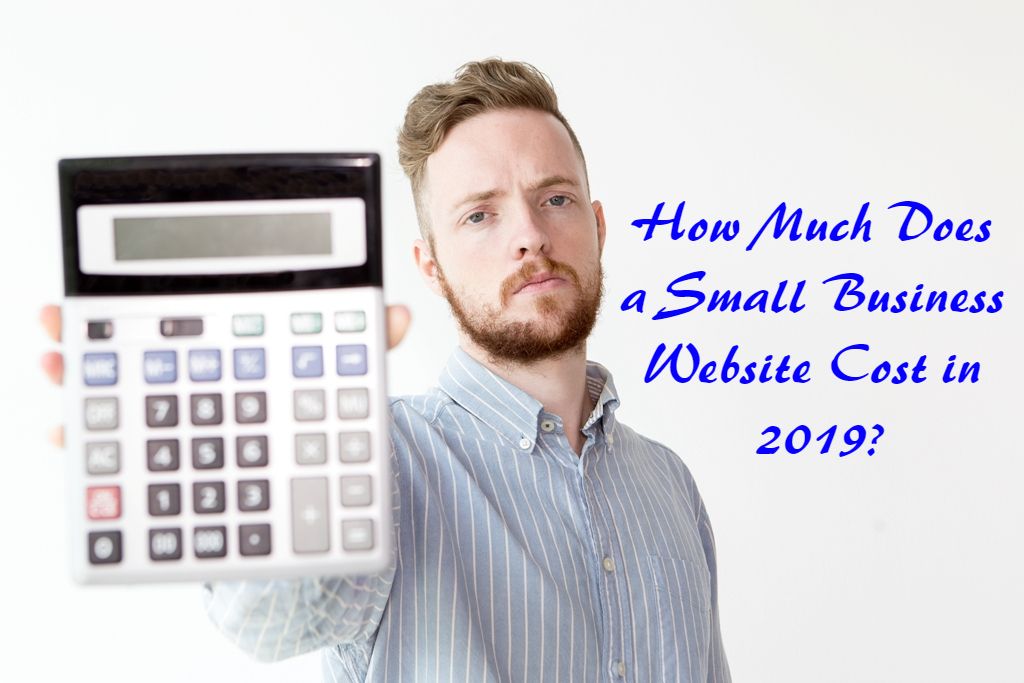
The cost of popular tires in Russia jumped by 61% over the year
The cost of car tires on the Russian market increased by an average of 23.5% last year. Some models have risen in price by 60% at once, the Autonews portal quotes analysts from the Drome portal.
Tatneft acquires the tire business of the Finnish company Nokian Tires
PJSC Tatneft is preparing to acquire the tire production of the Finnish company Nokian Tires, which is located in Russia. A preliminary agreement was reached on the purchase of assets of a well-known brand.
Tire maker Bridgestone seeks a buyer for its Russian assets
Japanese tire manufacturer Bridgestone has begun seeking a buyer for its Russian assets. The organization expects this process to take several months, the manufacturer said in a statement.
The Finnish company Nokian Tires announced the sale of its business in Russia.
The Finnish tire company Nokian Tires announced the sale of its Russian business to Tatneft. This is evidenced by the statement of representatives of the enterprise.
Czech punctured the tires of 24 cars with Ukrainian plates in Prague
Members of the Czech police from the department for combating extremism and terrorism detained a 50-year-old resident of Prague for damaging cars with state numbers of Ukraine.
Nokian Tires is looking for a buyer for a plant in the Leningrad region
Tire manufacturer Nokian Tires is ready to sell its own plant in the Vsevolozhsk district of the Leningrad region.
Finnish tire manufacturer Nokian Tires has decided to leave the Russian market
Finland's largest tire manufacturer for difficult climatic conditions, Nokian Tires, is leaving Russia, the company reports.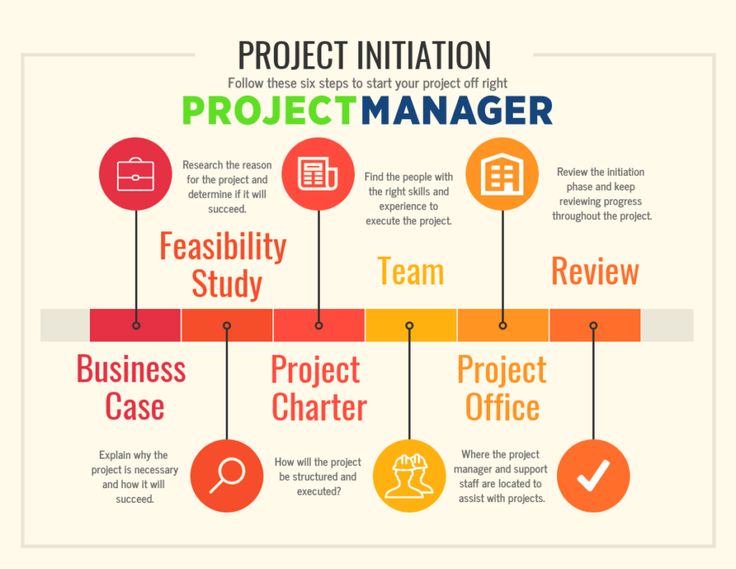
Tire manufacturer Michelin has decided to leave the Russian market
Tire manufacturer Michelin is leaving the Russian market. The company's assets in the Russian Federation will be transferred to "the current local management," the group said in a release.
The German tire manufacturer Continental has decided to resume operations in Russia
The German company Continental has resumed operations at its plant in Kaluga. According to the Frankfurter Allgemeine Zeitung, this is a temporary tire production.
Auto expert Zimanov gave recommendations on the transition from winter tires to summer tires
The transition from winter tires to summer tires must be carried out carefully and gradually. First of all, you need to pay attention to the type of tires that were used in the winter, said Lev Zimanov, associate professor at the Moscow Automobile and Highway State Technical University.